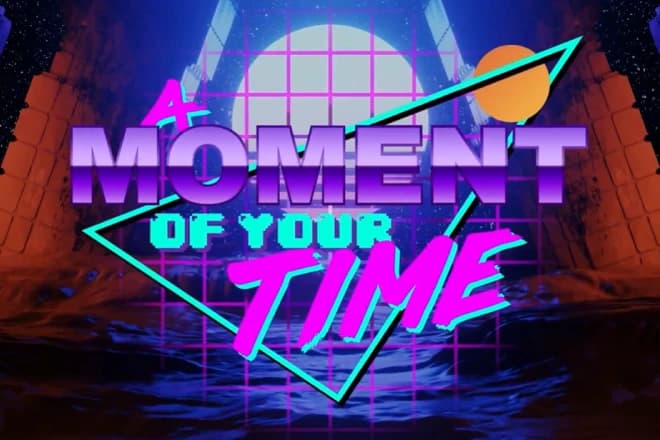At Discover, as product owners work to build complex, integrated systems, they often must add new features and functionality that requires them to decide to:
- build a product or solution in-house from the ground up
- buy an existing product, solution, or technology from a third-party vendor or provider
- partner with external providers, such as other companies, organizations, or individuals
The decision can be both empowering and perplexing. This article dives into the triumvirate of build, buy, and partner strategies, revealing the good, the bad, and the ugly aspects of each option to help illuminate the path that product owners can take to meet their specific needs.
Closer look at build, buy, and partnering strategies
Explore what is meant by each of the building, buying, and partnering strategies for obtaining a functioning system.
Build strategy
The Build strategy involves developing a product or solution in-house from start to finish. This approach requires an organization to allocate tools, time, and human expertise to design, develop, and implement the desired product independently.
| The Good | The Bad | The Ugly |
|---|---|---|
| Customization and Vision: Building from scratch empowers POs to create a tailor-made masterpiece that aligns precisely with their vision. | Time and Resources Sink: Building demands time, effort, and resources, potentially delaying entry into the market. | Budget Overruns: Developing in-house can lead to unexpected costs, spiraling budgets, and financial constraints. |
| Innovation at Its Core: Complete control fosters innovation, enabling groundbreaking solutions that set you apart from the competition. | Skillset Spectrum: A diverse skill set is essential, and acquiring these skills can be challenging and resource intensive. | Time Delays: The time-to-market can stretch beyond anticipation, impacting competitive advantage. |
| Long-Term Ownership: Building ensures ownership and the flexibility to adapt as market dynamics evolve. | Pitfalls and Challenges: The road to success can be rocky, with pitfalls that might lead to unforeseen obstacles. |
Buy strategy
The Buy strategy entails acquiring an existing product, solution, or technology from a third-party vendor or provider. Instead of developing from scratch, the organization purchases the rights or licenses to use an established product that aligns with its needs.
| The Good | The Bad | The Ugly |
|---|---|---|
| Speed and Efficiency: Buying an existing solution provides a fast track to market, saving time and effort. | Sacrificing Control: Off-the-shelf solutions may lack customization, potentially leading to misalignment with your product's unique identity. | Hidden Limitations: Pre-packaged solutions might have limitations that only become apparent post-purchase, leading to disappointment. |
| Proven Success: Established products come with a track record, offering reliability and predictability. | Integration Hurdles: Merging an external solution with your existing infrastructure can be intricate and problematic. | Rigid Roadmap: A vendor's roadmap may not align with your long-term vision, potentially constraining your product's evolution. |
| Focus on Core Competencies: Buying frees up resources to focus on enhancing core features and delivering value to customers. | Vendor Dependence: Your fate is intertwined with the vendor's support, updates, and longevity. |
Partner strategy
The Partner strategy involves forming collaborative relationships with external entities, such as other companies, organizations, or individuals. Partnerships can involve various levels of cooperation, ranging from joint ventures and co-development to sharing resources and expertise.
| The Good | The Bad | The Ugly |
|---|---|---|
| Synergy of Expertise: Partnering taps into external expertise, filling gaps in skills and resources. | Coordinated Chaos: Aligning disparate goals, processes, and communication can be complex and time-consuming. | Diverging Visions: Over time, misaligned visions between partners can lead to conflicts and derailment. |
| Shared Risk and Reward: Collaboration distributes risks and responsibilities while magnifying rewards. | Decision-Making Dynamics: Shared decision-making can lead to compromise, sometimes sacrificing aspects of your product's identity. | Exit Strategy Complexities: Dissolving a partnership may involve intricate legal, financial, and logistical challenges. |
| Complementary Strengths: Partnerships can create synergies that unlock unprecedented value. | Dependency Dilemma: Relying on a partner introduces an element of uncertainty, impacting your product's trajectory. |
Assessing the Implications of each option
Product owners should weigh their options to build, buy, or partner with the following considerations:
- Strategic navigation. POs must meticulously align strategies with product vision and market demands.
- Risk vs. Reward. Evaluate risks against potential rewards, focusing on short-term gains and long-term sustainability.
- Adaptability. Embrace flexibility, as fintech's rapid evolution requires agile responses.
Conclusion
In the world of fintech, the choice between building, buying, or partnering is a real choice that teams face when seeking to continually innovate. Product owners must carefully decipher the good, the bad, and the ugly of each strategy, forging a path that not only aligns with their product's vision but also pushes for innovation.



